There are generally two kinds of people. Those who can’t wait to start playing Christmas songs at the start of every November, relishing every last fa-la-la. And those who keep their heads down, grit their teeth, and grimly wait for a return to normalcy in January.
Videos by American Songwriter
If you’re in the latter group, we suggest that instead of trying to ignore the holiday music, listen closely and try to pick it apart. Because there’s some truly bizarre stuff going on with some of the music, as evidenced by these five random observations.
“(There’s No Place Like) Home for the Holidays”: The Mystery of Terrific Traffic
We can’t blame this classic for taking on a somewhat novel holiday topic, the idea that Christmas is best spent at home. But what in tarnation does it mean when our narrator sings, From Atlantic to Pacific / Gee, the traffic is terrific? Since he’s already mentioned all the people traveling to and fro, it’s unlikely terrific means little to no traffic. Is he marveling at the robustness of the traffic? Perhaps he’s being sarcastic, like someone getting ready to pound his horn in frustration. Or is this character some kind of sadist who unironically likes gridlock? We’re quite baffled by this.
“The First Noel”: Let’s Stretch These Lyrics Out a Bit
If you’re a regular visitor to this website or a reader of the mag, you know that we celebrate songwriting here. And one of the things we often mention is how choosing words that fit the meter can make a song extra-catchy. (Think of Paul McCartney’s music as a prime example.) Flying in the face of this notion, we present “The First Noel.” The verses to this thing contain like one word for every three or four metrical syllables. (Not to mention, it makes “certain” sound like a verb.) We pity the singer trying to make this thing sound natural, although we have to admit Nat King Cole pulls it off pretty well.
“I Heard the Bells on Christmas Day”: If You Think the Song is Dark, Check Out the Poem
Unlike “The First Noel,” “I Heard the Bells on Christmas Day” sticks to the meter like glue. That’s because it was a poem first before someone had the idea to set it to music. It also explains how you get such vivid wordplay as The belfries of all Christendom in the middle of a carol. The 19th-century poet Henry Wadsworth Longfellow wrote it from the perspective of a soldier in the middle of the Civil War. Hence, the darkness of lines like, “There is no peace on Earth,” I said. Other stanzas of the poem left out of the song paint an even bleaker picture before the quasi-happy ending.
“Carol of the Bells”: Why is Christmas Attacking Us?
Perhaps the earliest versions of this classic carol went about things in a subtler manner. But it seems like modern artists like to use the structure of “Carol of the Bells” as an excuse to come up with the most ornate possible arrangements, with voices and instruments coming at the listener from all angles. In some of these takes on the song, you’d be forgiven if your instinct was to duck, lest you be dinged by a swooping horn or a strafing soprano. Then again, maybe the intent is to create a drunken dizziness, a la when you’ve scarfed down too much eggnog. If so, mission accomplished.
“Have Yourself a Merry Little Christmas”: Missing the Muddle
On most versions of this classic you hear these days, the line before the final refrain instructs us to Hang a shining star upon the highest bough. Nice image, right? But if you listen to the rest of the lyrics, the song is essentially a wish for a better Christmas down the road, the implication being this one isn’t turning out all great for the narrator. That’s why the original lyric, Until then we’ll have to muddle somehow, rings much truer to the subtly melancholy spirit of the song. When you hear the Judy Garland take on it with that original line in place, you’ll know just what we mean.
Photo by Michael Ochs Archives/Getty Images

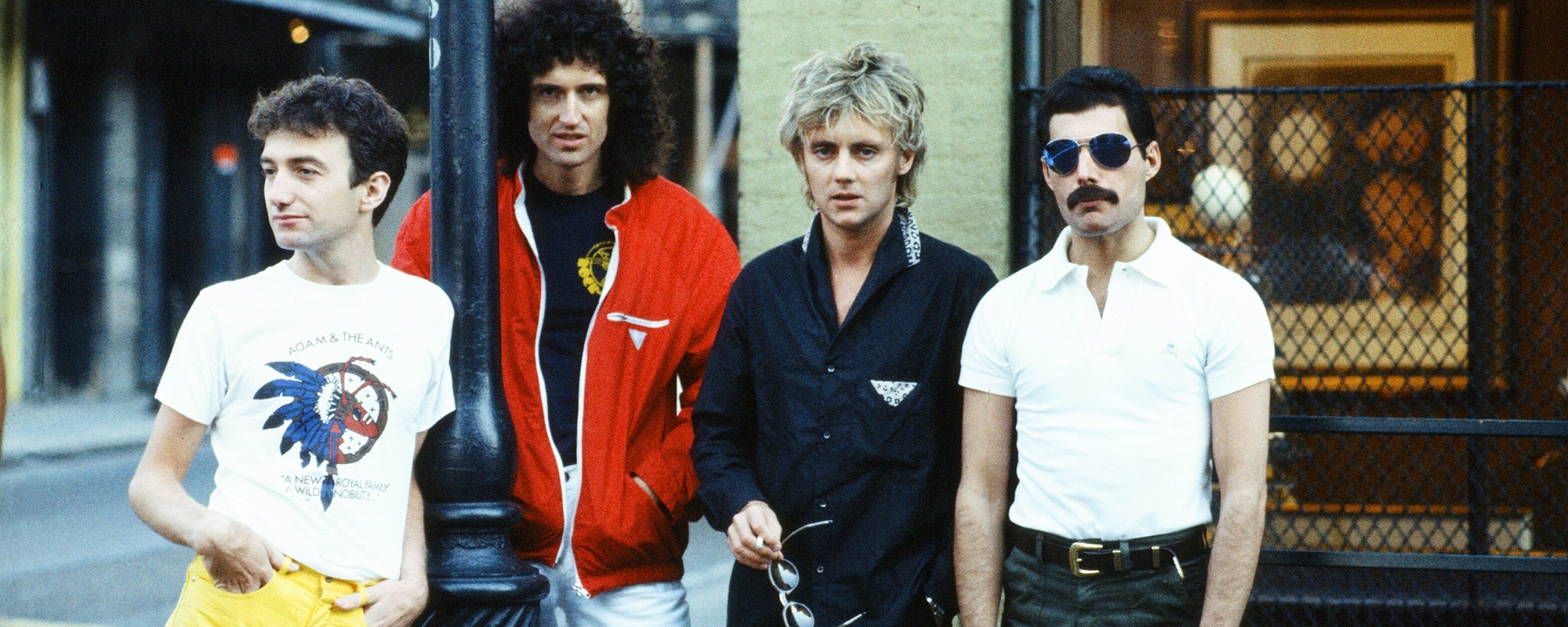
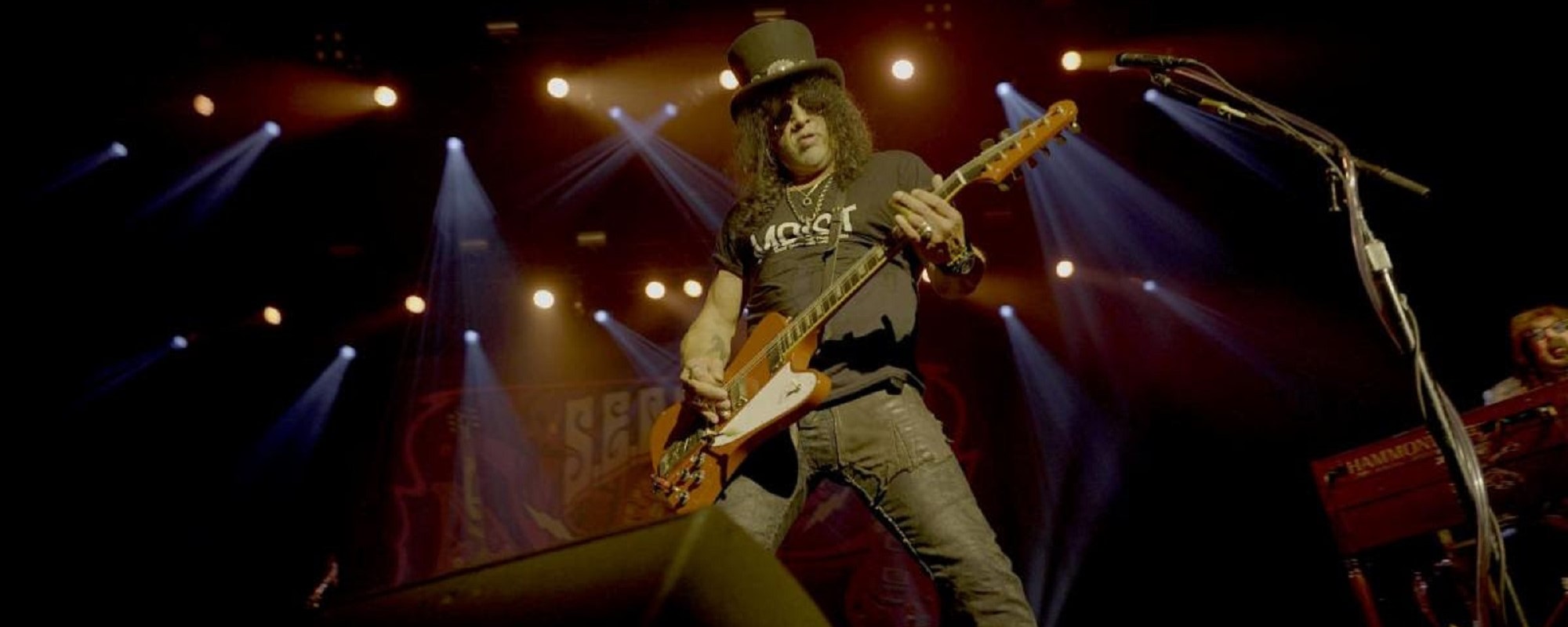


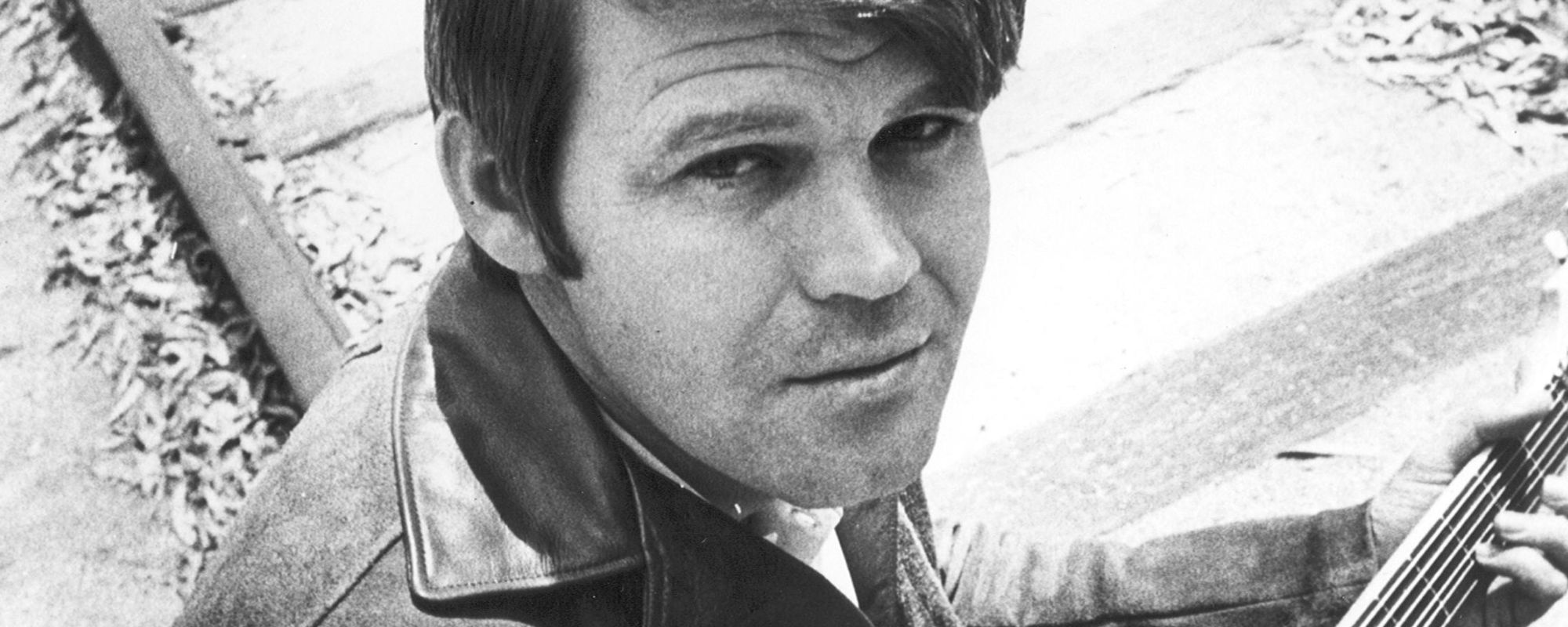
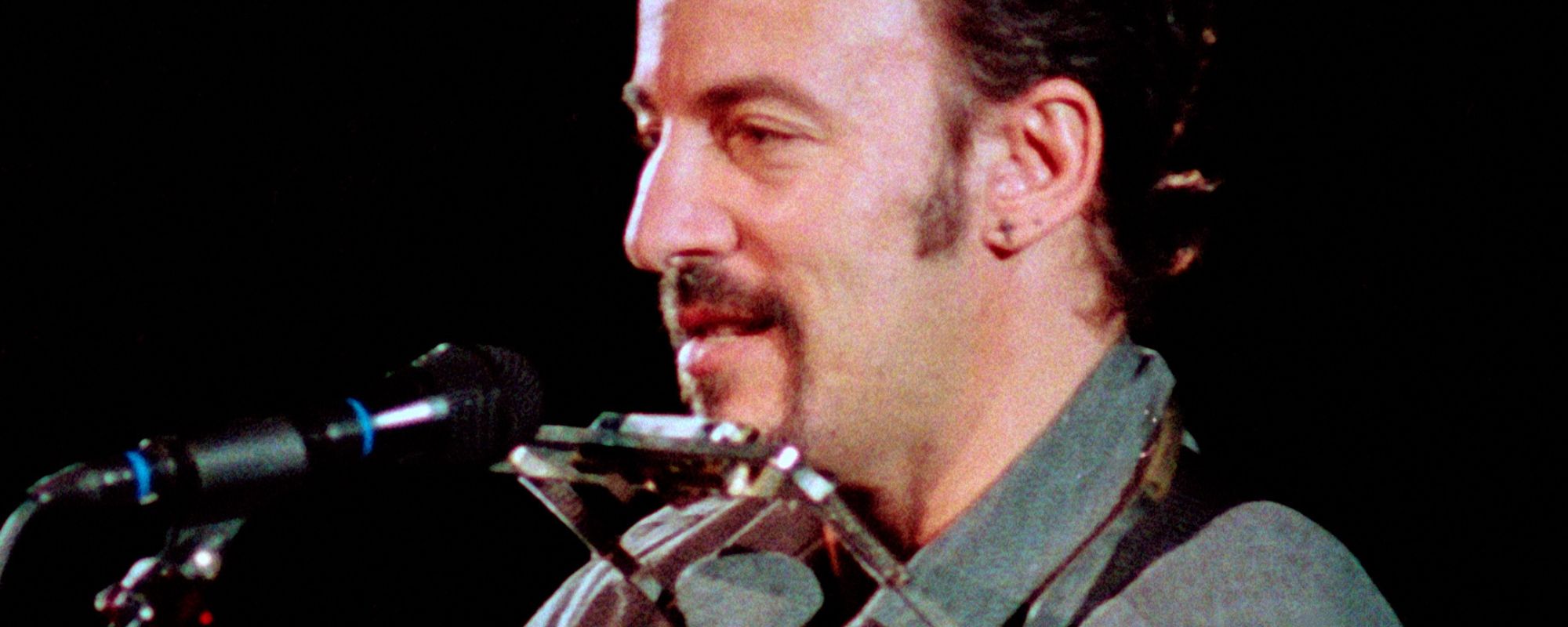
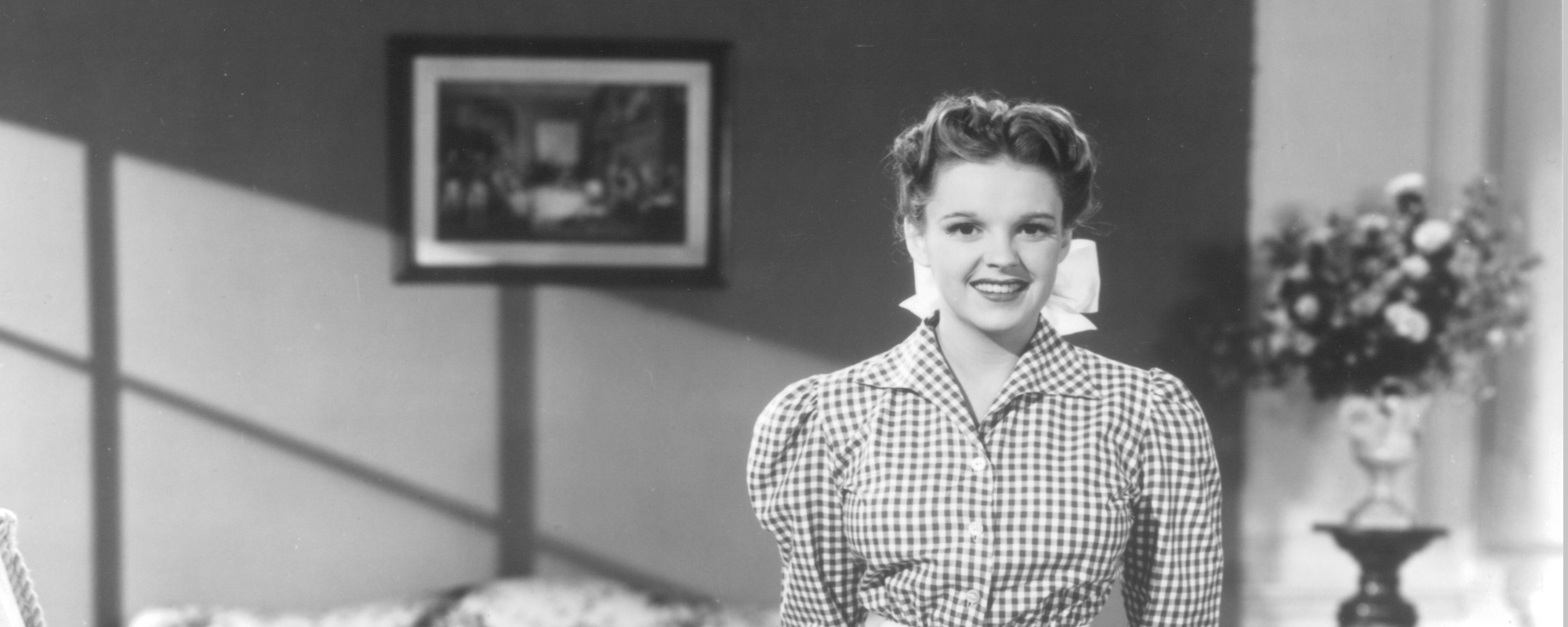

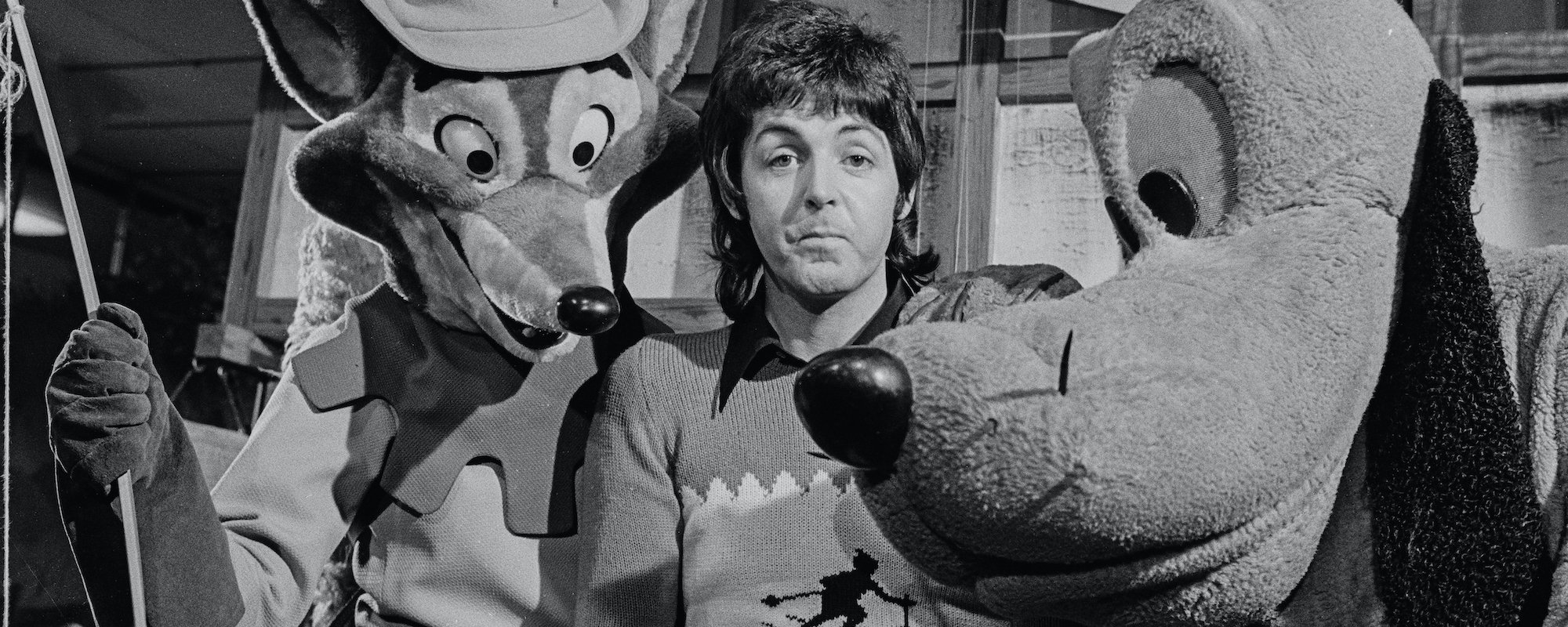
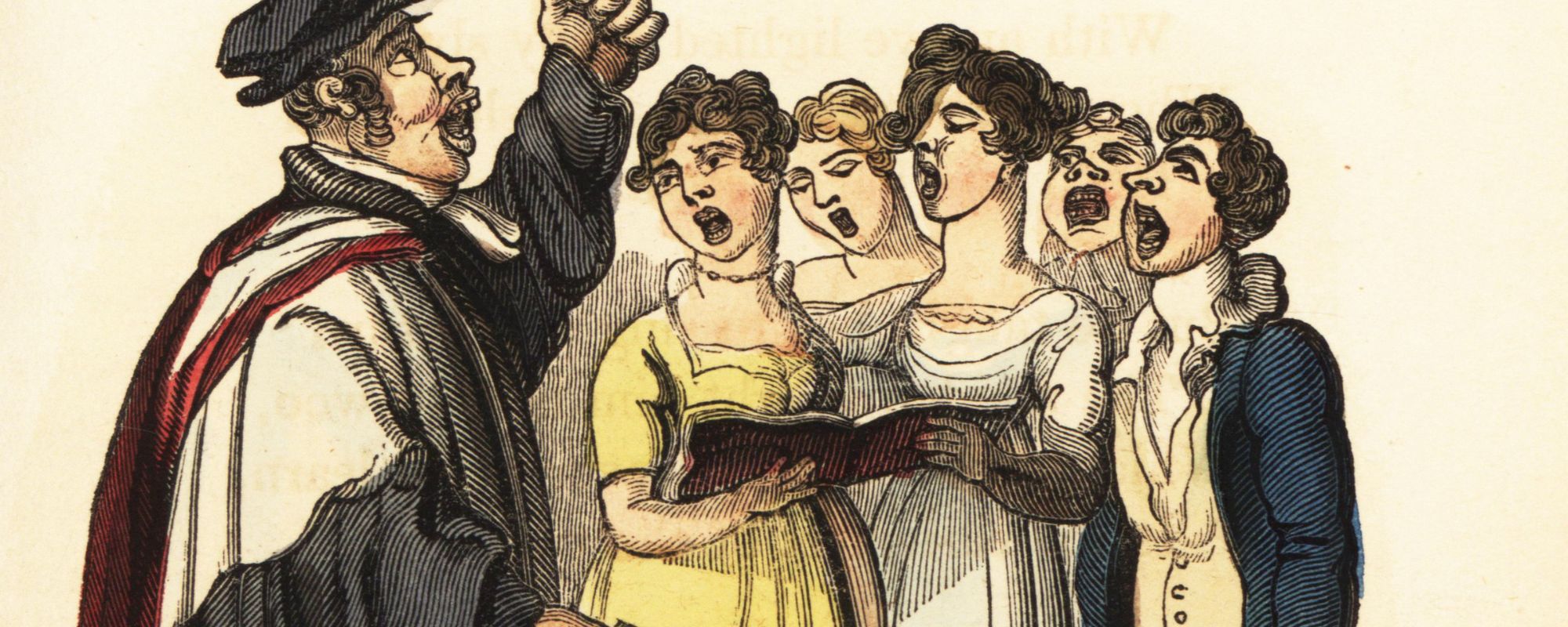

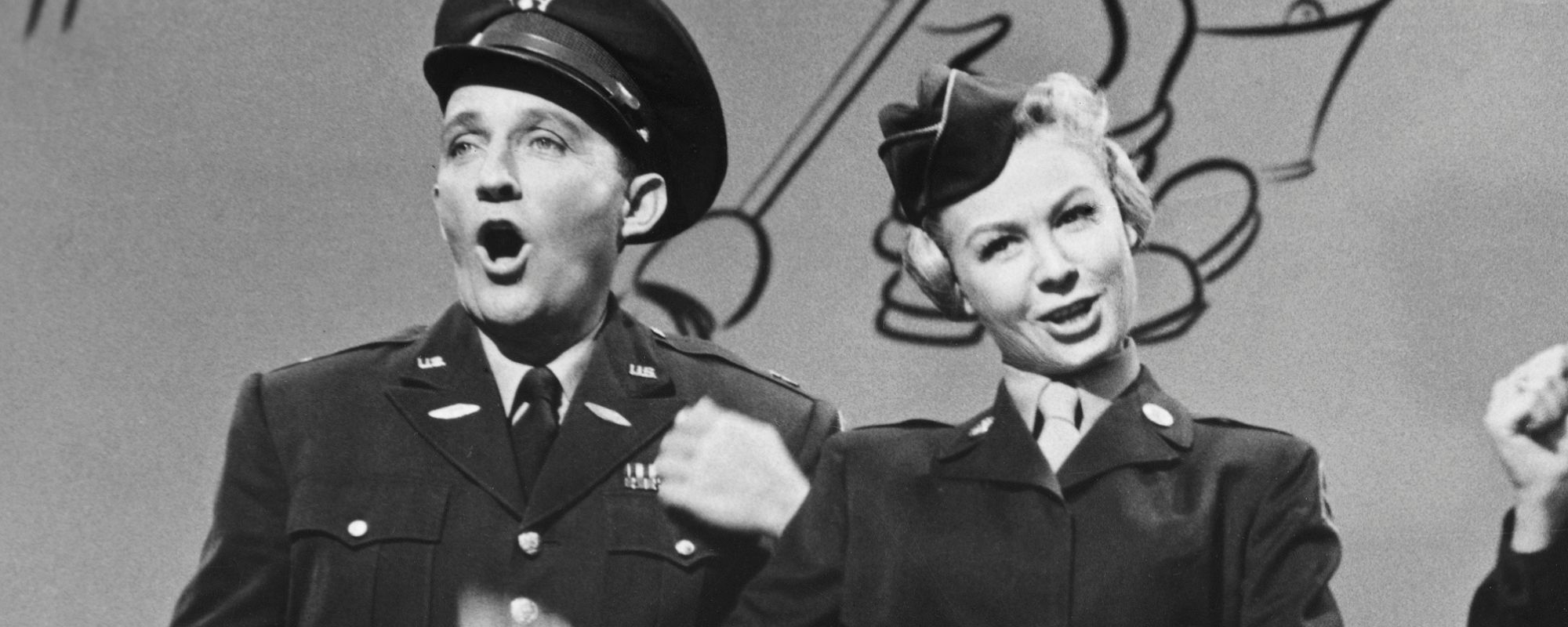
Leave a Reply
Only members can comment. Become a member. Already a member? Log in.